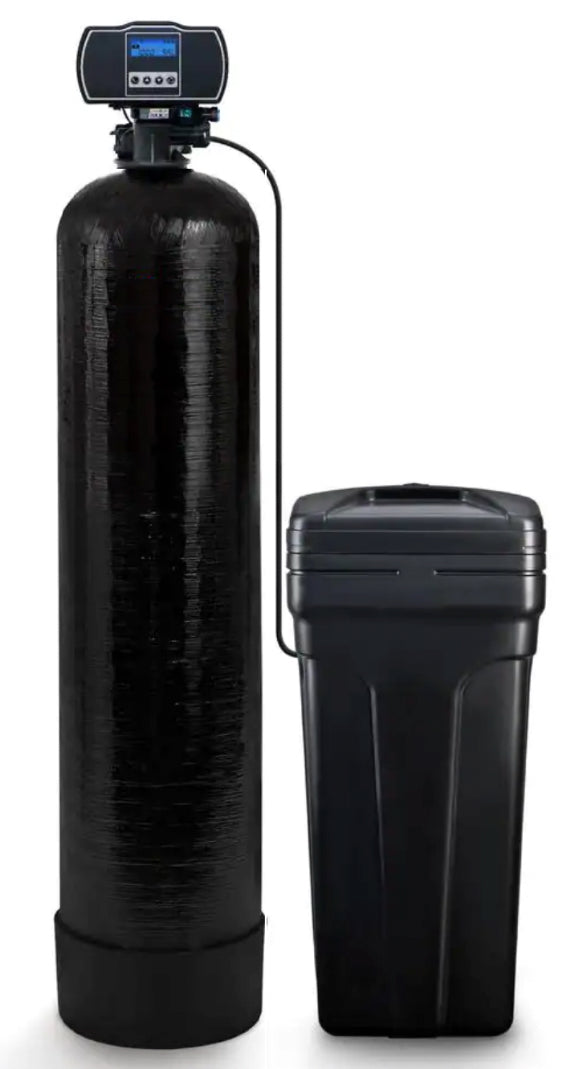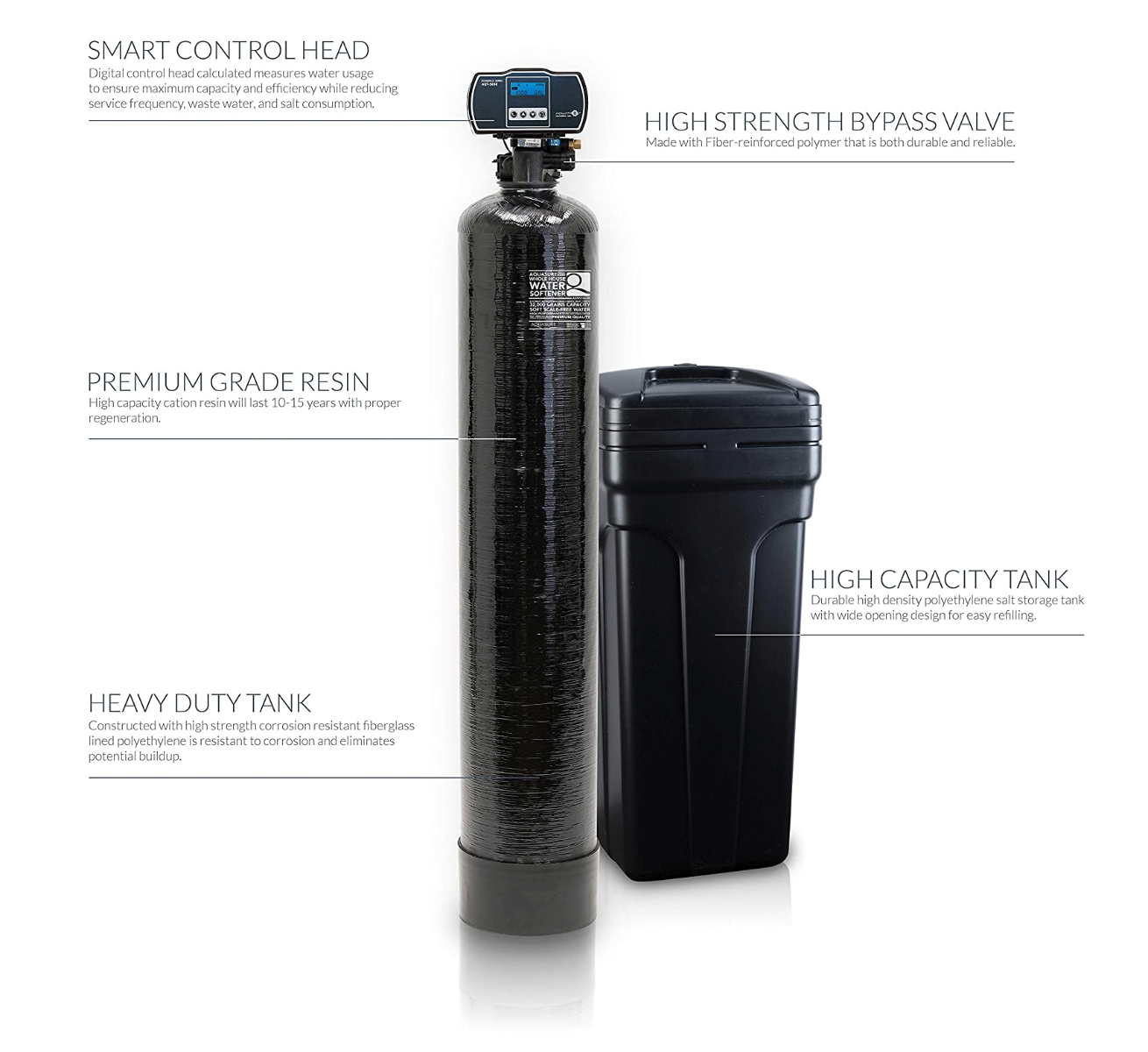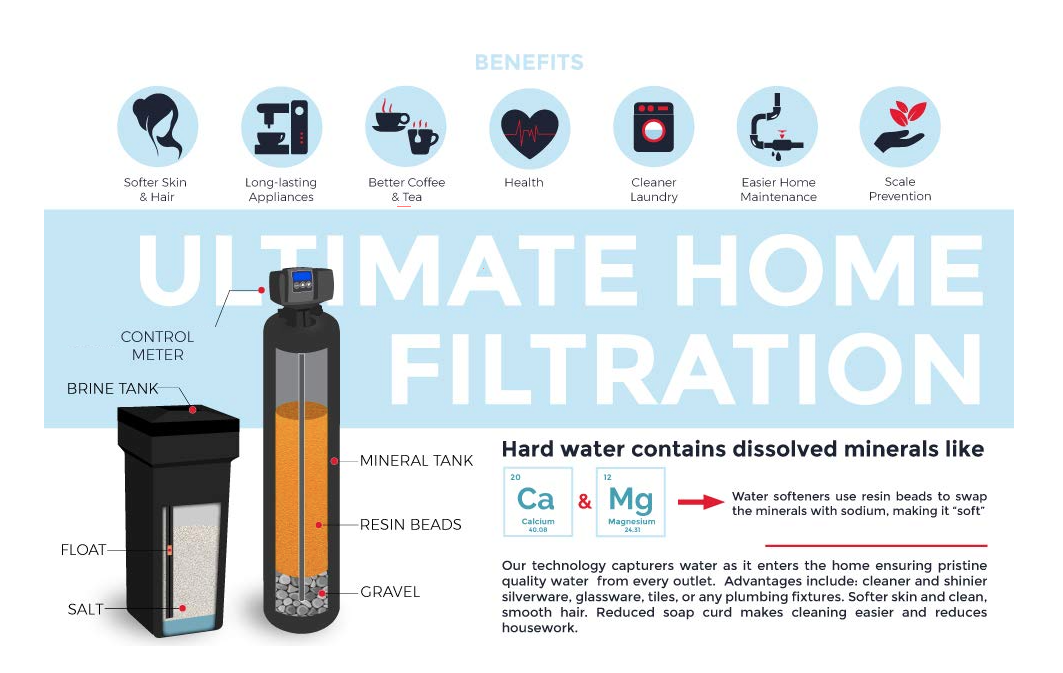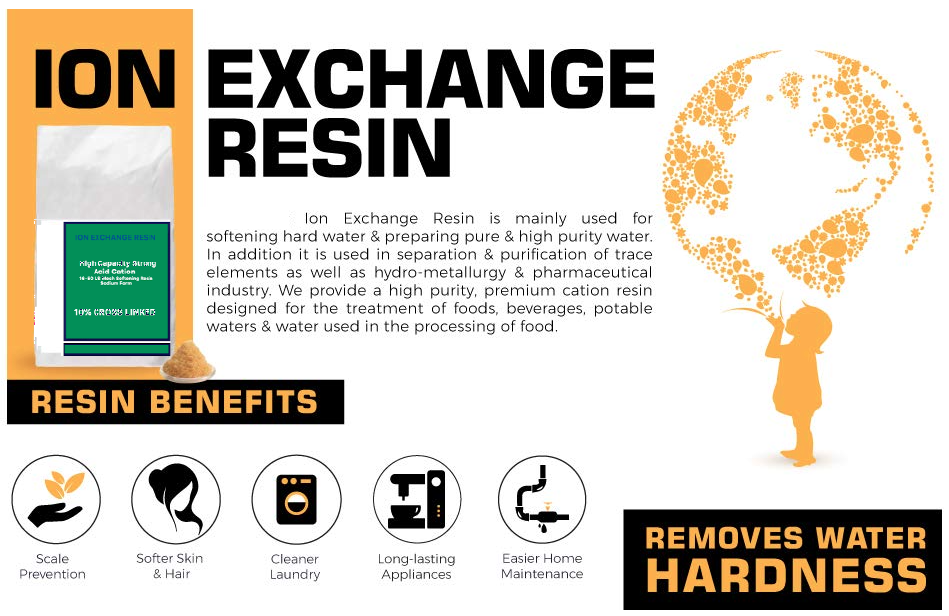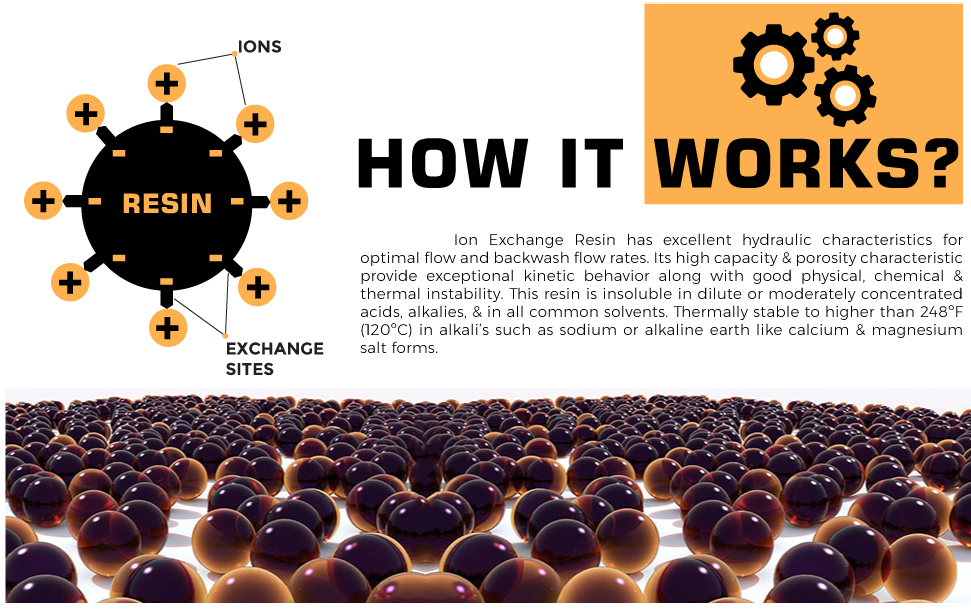Hydronix
Aquatrol Water Softener - AQT-56SESM - Electronic Meter - 48000 grain
Aquatrol Water Softener - AQT-56SESM - Electronic Meter - 48000 grain
SKU:SS-56SESM-1.5
Couldn't load pickup availability
• Control Valve: Aquatrol AQT56S
• 1.5 CuFf Premium Grade Resin (Prefilled) with Gravel Underbed
• Grain: 48,000
• Tank Size 10" x 54"
• Bypass size: 1"
• Valve Warranty: 5 years
• Mineral Tank Warranty: 10 years

The Aquatrol "DIY Series" softeners and conditioners are designed for effortless assembly, providing all the necessary components. These units feature our versatile AQT-56 series valves, available in various configurations to suit nearly any residential use.
Enhancing space efficiency, the system includes the BT-1633-100S square brine tank. Additionally, we provide a plastic bypass valve and all essential assembly materials.
Rest assured, the Aquatrol valve is backed by a 5-year warranty, while the mineral tank enjoys a 10-year warranty period.
Features & Benefits
• Streamlined and user-friendly design
• The injector, drain connectors, flow controls, and brine modules can be easily removed from the valve's exterior.
• A robust timer features heavy-duty wide plastic gears for durability.
• The SE controller boasts three convenient regeneration modes, and it offers an uncomplicated eight-step programming process.
• AQT-56 controls are both user-friendly and simple to program. The Noryl valve body is non-corrosive and UV-resistant.
• Choose between a 12-day clock or demand regeneration with a mechanical meter.
• For added versatility, there's an optional switch that accommodates various applications, such as solenoid valves and dosing pumps.
• Benefit from low annual power consumption, as it efficiently manages time and activates the valve mechanics using a single motor.
Whole-House Water Softening Systems
A common fixture in many households, the whole-house water softener is a mechanical device integrated into your home's water supply network. All water softeners operate on the same fundamental principle: they engage in ion exchange to replace minerals, typically sodium.
At the core of a water softener lies a mineral tank, housing small polystyrene beads, also referred to as resin or zeolite. These beads possess a negative charge, while calcium and magnesium in the water carry positive charges. Consequently, as hard water flows through the mineral tank, these minerals adhere to the beads. Sodium ions, though carrying a positive charge, are not as potent as calcium and magnesium ions. In traditional water softeners, a potent brine solution is passed through a tank already saturated with calcium and magnesium, causing the calcium and magnesium ions to detach from the beads. Water softeners incorporate a separate brine tank, utilizing common salt to generate this brine solution.
In typical operation, hard water enters the mineral tank, prompting calcium and magnesium ions to replace sodium ions on the beads, while the sodium ions are released into the water. Once the beads reach saturation with calcium and magnesium, the unit enters a 3-phase regeneration cycle. First, during the backwash phase, water flow is reversed to eliminate accumulated dirt from the tank. In the recharge phase, the concentrated sodium-rich salt solution is transported from the brine tank through the mineral tank. This results in sodium ions binding to the beads, displacing calcium and magnesium, which are subsequently flushed away. After this phase concludes, the mineral tank is rinsed to remove excess brine, and the brine tank is replenished.
Determining the Right Size for Your Water Softener:
Water hardness is typically measured in "grains per gallon" (gpg), although it can also be expressed as "parts per million" (ppm) or "milligrams per liter" (mg/l). Most industry standards use gpg for calculating softener size. You can easily convert ppm and mg/l to gpg by dividing them by 17.1.
Additionally, it's essential to factor in the presence of iron and manganese in your water. A quick way to do this is by multiplying the concentration of iron and manganese (in ppm or mg/l) by a factor of 4. Add this calculated value to the hardness level you determined earlier. This combined value approximates a "compensated" hardness value, which is more accurate for sizing your softener.
Here's an example: Let's consider a household with four occupants, a water hardness of 10 grains per gallon, and an iron concentration of 2 ppm.
Calculate as follows: 4 people x 75 gallons of water usage per person per day x (10 grains hardness + (2 ppm iron x 4)) = 5,400 grains of hardness to be removed daily.
For a 32,000-grain system, the set capacity would be approximately 26,000 grains (20% lower than the actual capacity for reserve), and a metered unit would undergo regeneration approximately every 5 days (26,000 divided by 5,400), which is considered acceptable.
Apply the same formula to adjust for the actual number of people residing in your home and the specific water hardness.
For water with normal to low iron levels, you can size your softener for regeneration every 5 to 10 days. However, when iron (5 mg/l and higher) and manganese (1 mg/l and higher) levels are elevated, it's advisable to size the system for more frequent regeneration to prevent the accumulation of deposits in the resin bed. In such cases, regeneration every three to five days may be necessary. If your water has exceptionally high iron levels, please reach out to us via email or telephone for a customized sizing recommendation.
SPECS:

Share
